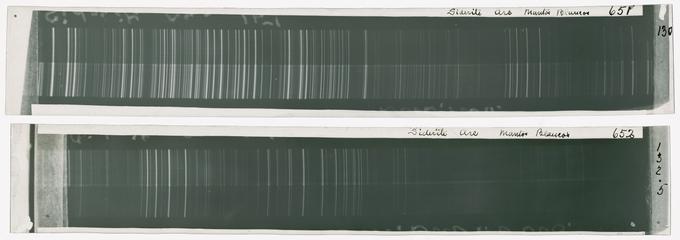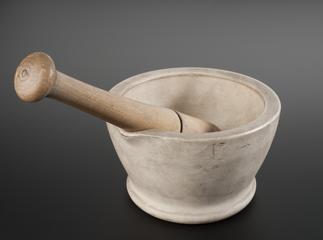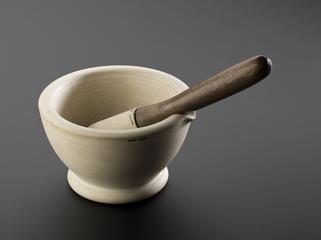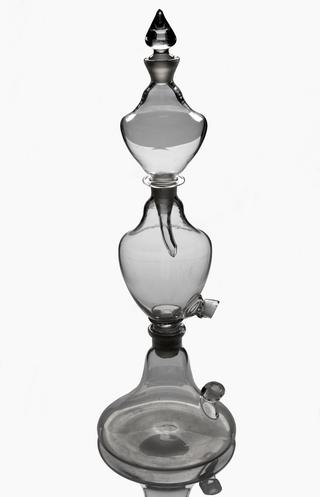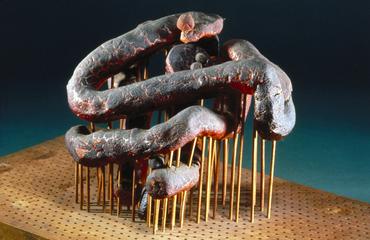
Non-radioactive electron capture detector designed by James Lovelock
- Made:
- circa 1980s in United Kingdom
- maker:
- James Ephraim Lovelock














Experimental non-radioactive electron capture detector, and optical fibre cable transformer used in the development of non-radioactive ECD, developed by James Lovelock and Hewlett-Packard, UK, c. 1980s.
James Lovelock’s electron capture detector (ECD), an extremely sensitive detector of halogenated hydrocarbons, was one of his most successful inventions and became widely used by analytical chemists during the 1900s. However, since it contained radioactive materials, a licence was required to use it. Lovelock worked with Hewlett-Packard to create and test a non-radioactive ECD, though it proved less durable and harder to transport and use than the original version.
Details
- Category:
- Experimental Chemistry
- Object Number:
- 2012-123
- Materials:
- glass and metal (unknown)
- type:
- detector
- credit:
- Lovelock, James Ephraim
